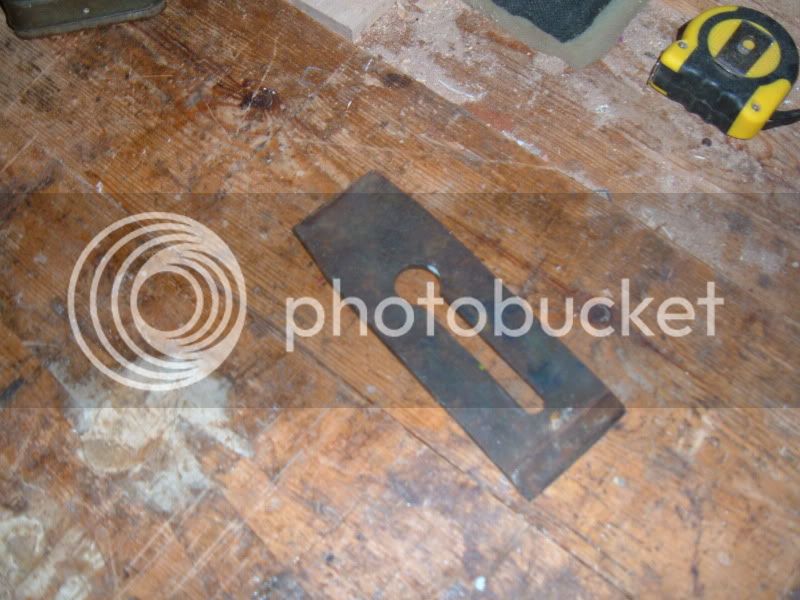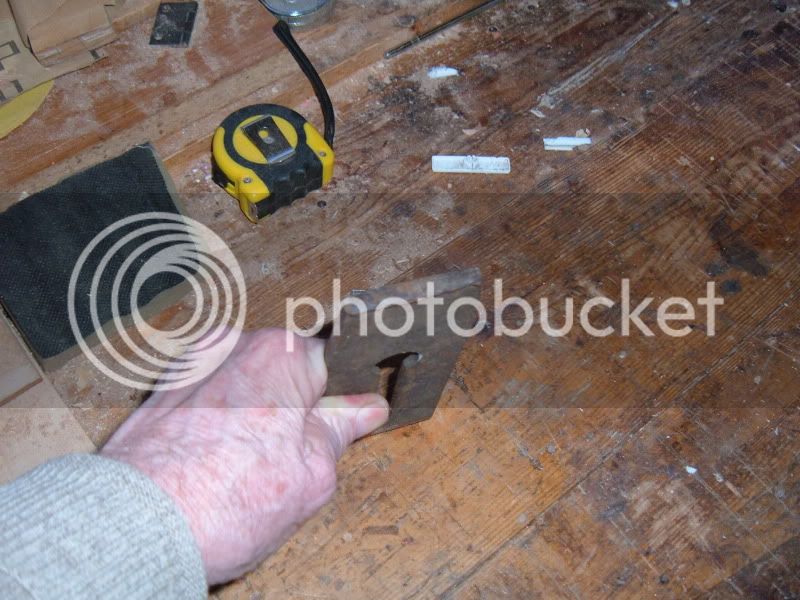wizer":1ciw3c2e said:
They're not buggered at all.
wizer":1ciw3c2e said:
The question is. What will happen if I try to re-flatten the backs,
From a practical furniture maker's perspective you'll waste a lot of time.
wizer":1ciw3c2e said:
The other option is to leave them as they are and re-sell them as 'antiques'.
Why would you do that? Just grind the ends off square until the front flat face is flat enough, the edges about parallel and near enough full width, sharpen them and use them-- the most you're going to lose is about 3/4"- 1" from the length of the most convex ended/narrow width chisel.
The other fact to remember is that people do talk an awful lot of codswallop about how flat the front face of chisels need to be. For most work you only need to worry about getting the 1/2"- 1" of the flat front face to register against the wood you're cutting, and that's when you're paring. For general chisel work, eg, chopping and clearing out waste from mortises, cut-outs, between dovetails, etc, the flatness of the front face isn't very important.
The problem with listening slavishly to the 'flat-back' proponents is that it comes across to me from the way most of them talk that many of them are not serious woodworkers, but they are serious tool fiddlers, tool sharpeners, tool caressers, tool arrangers, tool storers and tool displayers, ie, they're really collectors. Belting and tearing lumps out of wood successfully in the worlds of commercial furniture making, practical amateurs, and everything in between, seldom needs hand tools tuned up to an engineering precision measured with micrometers, electronic laser gizmos and the like to within a couple of thou of an inch. Slainte.








